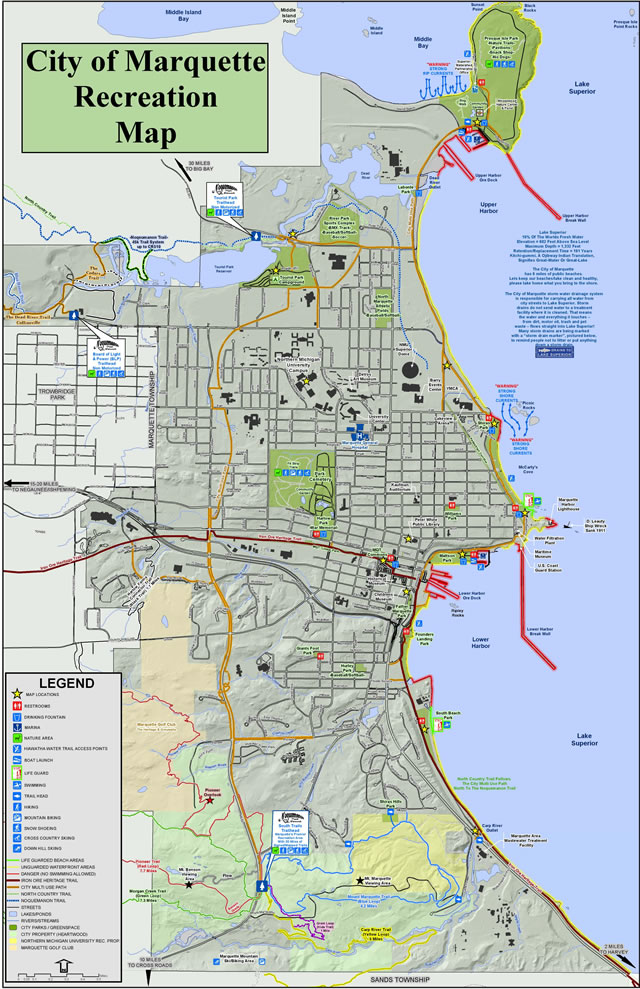As an avid hiker, I love spending time in the great outdoors communing with nature. The sounds of a babbling brook, bird songs, windblown tree canopies, or crunching leaves underfoot are among the most enjoyable on Earth.
That being said, I do not necessarily have the available time to make a long pilgrimage to wander the most of the epic trails in our nation, such as the Appalachian Trail, Pacific Crest Trail, or the Continental Divide Trail. The North Country National Scenic Trail is nearby, but still requires an hour plus drive to reach it. Despite these amazing epic trails, there are many residents of our nation who are unable to enjoy them.
To resolve this conundrum and to provide both outdoor enthusiasts and outdoor enthusiast wannabes nationwide with a new and exciting option, I believe there is a solid case that can be made for creating a network of cross-metropolitan scenic hiking trails in and around urban areas throughout the United States. In some cases it could be as simple as linking existing hiking trails into a green ribbon of blissful solitude amid the ever-active and vibrant city. Elsewhere, easements may need to be obtained to provide the linkages.
Such trails would be solely designed and used for hiking purposes (and potentially cross-country skiing in winter) and therefore would not need the outlay of infrastructure expenses necessary to construct bikeways or shared-use trails. Gorgeous Marquette, Michigan has successfully accomplish such a task with its GreenWays Trail system.
Here are just a few of the many advantages of creating such a scenic hiking system in your metropolitan area:
- Opportunities for cross-jurisdictional recreation within a larger urban setting.
- Linking of parks, open space, preserves, recreation areas, and similar lands for extended hikes.
- Promotion and marketing of such scenic trails and interconnected systems under one banner that benefit all.
- Attract hikers from near and far, as well as the tourist dollars they spend to utilize the trail(s).
- Create greater public cohesiveness within the greater metropolitan community.
- Enhance and expand opportunities to enjoy and commune with nature.
- Better coordination of green infrastructure planning efforts across jurisdictional boundaries.
- Increase participation in the sport of hiking and the overall appreciation of the natural environment among the urban underprivileged.
- Linked open spaces and green trail ways for the movement of wildlife.
- Reduce the regions carbon footprint.
- Improve public health and fitness.
- Provide a respite from the city where residents can enjoy peace and quiet.
- Enhance and attract newcomers to the region with another cool amenity.
- Improve the understanding of how nature knits together the urban fabric.
Unlike Olmsted’s visionary Emerald Necklace in Boston, a scenic cross-metropolitan hiking trail would remain a secluded natural pathway marked solely by trailheads and blazes, whenever and wherever possible. The rustic appearance would serve to enhance the so-called “back-to-nature” experience. Combined with existing recreational infrastructure, scenic cross-metropolitan hiking trails will serve as the green ribbon (or thread) meant to sustainably knit the larger urban fabric of the metropolitan area into one cohesive and woven unit.


